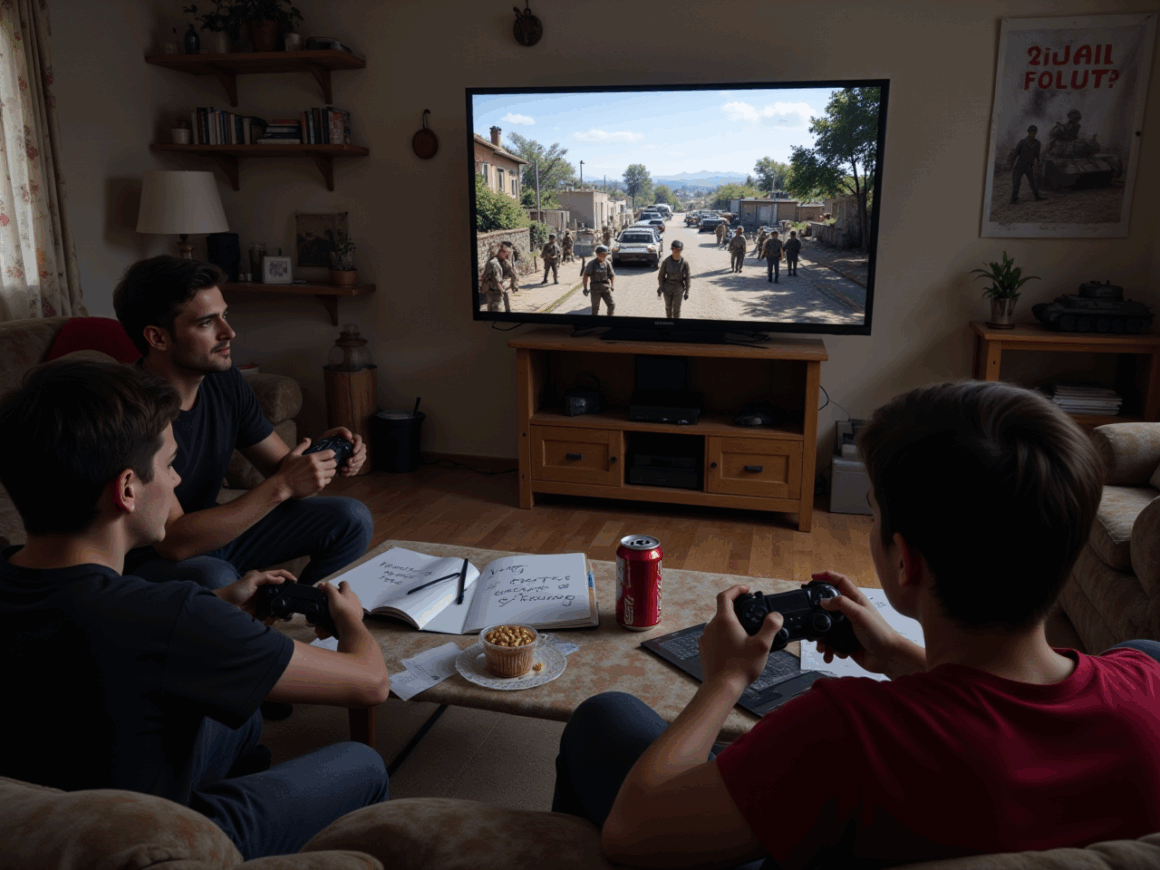
Ask five Call of Duty players which era feels best and you’ll get six answers. Some swear by iron sights and gritty maps. Others want fast slides, crisp aim assist windows, and movement tech that rewards practice. A few love the freedom of jet-assisted hops and wall runs.
And for anyone who prefers to skip the warm-up and dive straight into the thick of it, there’s a ready-made collection of Call of Duty accounts for sale—bundling the highlights of past and present eras so you can drop right into action when it counts.
This guide breaks those eras down, so you can pick the lane that fits your hands, your squad, and your idea of fun.
What “feel” really means in Call of Duty
When players say a game “feels good,” they are usually talking about a blend of factors working together. Small changes here can make the same weapon and map feel very different.
- Movement speed and burst options. Sprint, tactical sprint, slide, dive, or aerial mobility change how you start gunfights and escape bad ones. Tactical sprint, for example, became a signature of the Modern Warfare reboot era.
- Gun handling and recoil. How fast weapons aim down sights, the stickiness of aim assist, flinch values, and recoil patterns all influence who wins even aim duels.
- Map scale and lanes. Tight three-lane maps emphasize immediate duels. Larger, more open designs reward information, positioning, and audio discipline.
- Streaks and lethals. Killstreaks and equipment alter the pace and the pressure when you chain wins.
- Mode context. Search and Destroy plays differently than Domination. Warzone’s battle royale context changes the value of movement and sound entirely, and it brought 150-player chaos into the series.
With that lens, here’s how each era lands.
Era 1: WWII, the “boots-on-the-ground” baseline
If you prefer grounded movement and readable gunfights, the WWII flavor is your home field. Call of Duty: WWII publicly framed multiplayer as a return to “boots-on-the-ground” combat. No jetpacks, no wall runs, just run, slide, crouch, mantle, and shoot.
How it plays:
- Movement: Predictable. Fewer burst options mean positioning is king. Rotations matter more than resets.
- Gunplay: Iron sights and period optics push you to commit to lines of fire. Flanks are earned, not manufactured with movement chains.
- Maps: Often compact to mid-size with clear lanes. Power positions are stable and contestable rather than volatile.
- Community feel: Team pushes, crossfires, and grenades do heavy lifting. The vibe is classic pub stack or scrim night with friends.
Who loves it: players who want clarity over flair; people who enjoy reading the minimap, locking down lanes, and punishing bad peeks.

Era 2: Modern Warfare, the tactical sprint generation
The modern era stretches from the original Call of Duty 4: Modern Warfare to the 2019 reboot and beyond. COD4 defined perks, create-a-class, and killstreaks for the franchise. That blueprint is still visible in today’s loadouts and streak selection.
The rebooted Modern Warfare line changed the body language of the gunfight. Tactical sprint added a short, high-speed burst that lets you take or deny space quickly, and it has been a headline mechanic in recent entries. Warzone, launched from the Modern Warfare 2019 foundation, introduced a 150-player battle royale that made movement and awareness matter in a new way.
How it plays:
- Movement: Fast lanes with controlled bursts. Slide timing, sprint resets, and camera management become skill checks that separate decent from deadly.
- Gunplay: Hits hard and quick. Time-to-kill trends fast, so pre-aim, centering, and first shot accuracy are rewarded.
- Maps: A mix of tight infantry spaces and sightlines long enough to justify ARs and marksman rifles, with Warzone scaling that sandbox to city blocks.
- Community feel: High agency. Solo clutch potential exists, but squad coordination multiplies it. The social loop revolves around “one more” runs and shared loadouts.
Who loves it: players who enjoy crisp gunfeel with meaningful but readable movement tech; duos and trios who like turning small advantages into snowballs.
Era 3: Near-future, the high-mobility playground
This is where Call of Duty experimented with verticality and momentum chains. Advanced Warfare introduced exo movements like boost jump and boost dodge, enabling sudden elevation changes and lateral bursts. Black Ops 3 pushed the idea further with a momentum-based chain movement system including wall running and thrust jumping. Infinite Warfare continued the fluid, momentum-centric approach.
How it plays:
- Movement: High ceiling. You connect slides, thrusts, and wall runs to create new angles. Spacing and vertical peeks become part of every duel.
- Gunplay: Tracking and anticipation matter. You’re reading air paths and wall transitions, not just doors and headies.
- Maps: Designed with aerial lanes and wall routes as intentional flanking options. Sightlines shift when players leave the floor.
- Community feel: Polarized but passionate. Movement mains thrive, clips pop off, and practice pays visible dividends.
Who loves it: players who want mechanical expression and creative routes; content creators chasing stylish plays; squads that enjoy layered entry paths.

Practical tips to play better in each era
A few habits carry across eras, but tuning them per era makes a visible difference.
WWII habits
- Pre-aim common lines, then commit. Grounded movement means you get punished for indecision.
- Use lethal and tactical grenades to break dug-in positions.
- Think two flags ahead in Domination. Rotations decide streaks.
Modern Warfare habits
- Treat tactical sprint like a resource. Spend it to take space, not to peek corners blind.
- Slide timing is a duel starter, not a panic button. Enter with intent, exit with cover.
- In Warzone, rotate early to power positions and buy stations. The fastest route is the one with the fewest guns pointed at you.
Near-future habits
- Learn a map’s wall routes and thrust angles like you learn head glitches. They are lanes, not tricks.
- Chain movement to enter with off-angles. Your goal is to fight people looking the wrong way.
- Practice in customs. Muscle memory is the whole point of this era’s ceiling.
So, which era is “best”?
Best is the era that matches how you like to create advantage.
- If you want the fight to be mostly about spacing, information, and clean shots, WWII will feel honest and rewarding.
- If you want crisp aiming plus just enough movement expression to outplay people, Modern Warfare will feel modern in all the right ways. The tactical sprint era has a strong identity without leaving the ground.
- If you want to express skill with inputs and angles the other player didn’t expect, near-future will feel like home. Done right, the chain movement is rhythm gaming inside a shooter.
Here’s the liberating part: you do not need to pick a single answer forever. Plenty of long-time players bounce between eras depending on mood and squad. The series keeps all three flavors alive across its catalog, and the fundamentals you develop in one era often transfer to the others.



